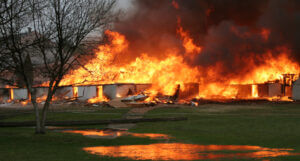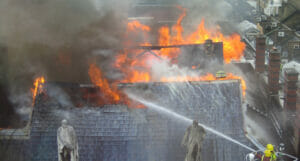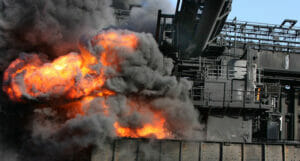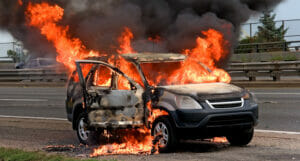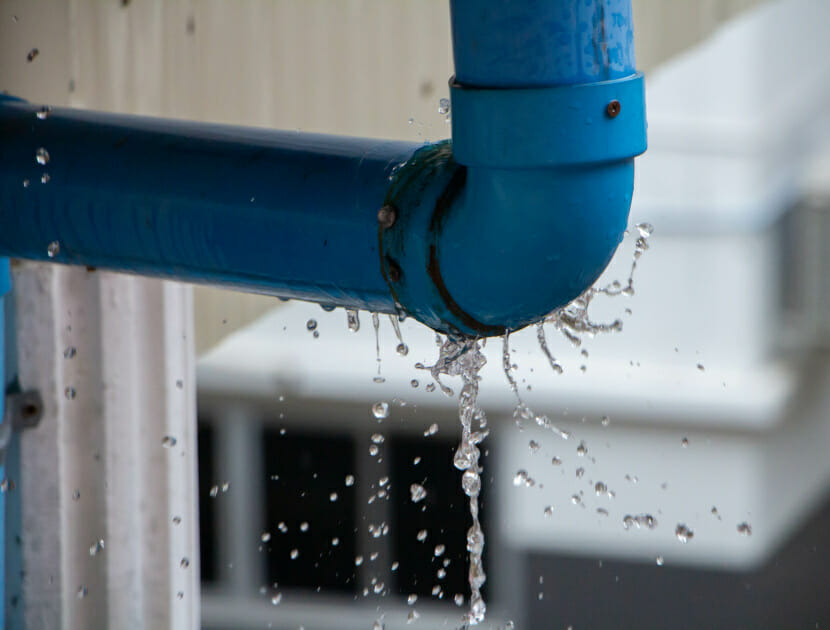Fire Modelling
Fire and explosion models have long found use in risk analysis to help to understand the consequences of fire or explosion events.
The same modelling tools can augment our investigative work, providing insights into the factors most relevant to the cause of and overall consequences of an explosion or fire. Areas where a fire or explosion simulation can be of benefit include:
- Risk analysis for explosion, fire or gas/vapour release.
- Evaluation of mitigation strategies and response plans.
- Post incident evaluation of the key factors in the cause of a fire or explosion.
- Consideration of the factors most relevant to the spread or propagation of a fire.
- Appraisal of the effects of heat transfer in gases, liquids and solids.
- Evaluation of detection systems for fire, explosion, thermal event or gas/vapour release.
- Incident reconstruction
- Counterfactual reconstruction to explore how the outcome might have changed for a differing set of circumstances.
Risk Analysis
If you require assistance with technical risk analysis either for explosion or fire Hawkins has the expertise to assist in identification of hazards and developing and analysing scenarios to evaluate the possible consequences of an incident. We have considerable experience in evaluating the causes of fires and explosions and contributing factors. We can construct and run simulations and then provide clear evidence and reports for use by designers or in the preparation of risk assessments, mitigation strategies or response plans.
Areas where CFD can assist include:
- Calculating the potential effects of a deflagration/explosion or gas, vapour or dusts.
- Simulations can take account of the potential for secondary explosions for example due to displaced explosible dusts.
- Evaluating the effect of mitigation factors such as pressure relief panels.
- Calculating the dispersion of a gas or vapour release
- Evaluating the risk of fire spread or possible consequential damage from a fire.
- Consideration of the response of fire, smoke or gas detection systems to a particular fire or release of gas.
- Evaluating the risks of self-heating.
- Assessment of visibility
- Impact of fire on escape route viability or tenable conditions
What is Fire and Explosion Modelling?
Fire and explosion modelling is in its simplest form is the evaluation of a fire or explosion mathematically either based on applying empirical relationships determined from test data or by using specialist computer software.
We use a variety of CFD packages including general purpose commercial CFD Codes such as Ansys Fluent and codes dedicated to the understanding of explosions and fires such as GEXCON FLACS and the NIST package FDS.
CFD software calculates the flow of gases through a simulated environment. Obstacles such as buidings, walls, pipes, tanks etc interact with the flow of the gasses through the domain and those interactions are resolved in the simulation. This can make the software a useful tool when considering venting and dispersion of gasses such as flammable gasses or vapours. The software also calculates the heat transfer both in the gasses and between the gasses and solid obstacles allowing for the solution of otherwise quite complex heat transfer calculations. This can be of benefit when considering the effects of heat transfer from a fire on surrounding buildings or when considering the heat transfer from a hot item such as a flue. Combustion either in a deflagration (explosion) or fire can also be included in models and the effects of the flow of the gasses and heat transfer to and from the combusting gasses can also be accounted for allowing for modelling of fires and explosions.
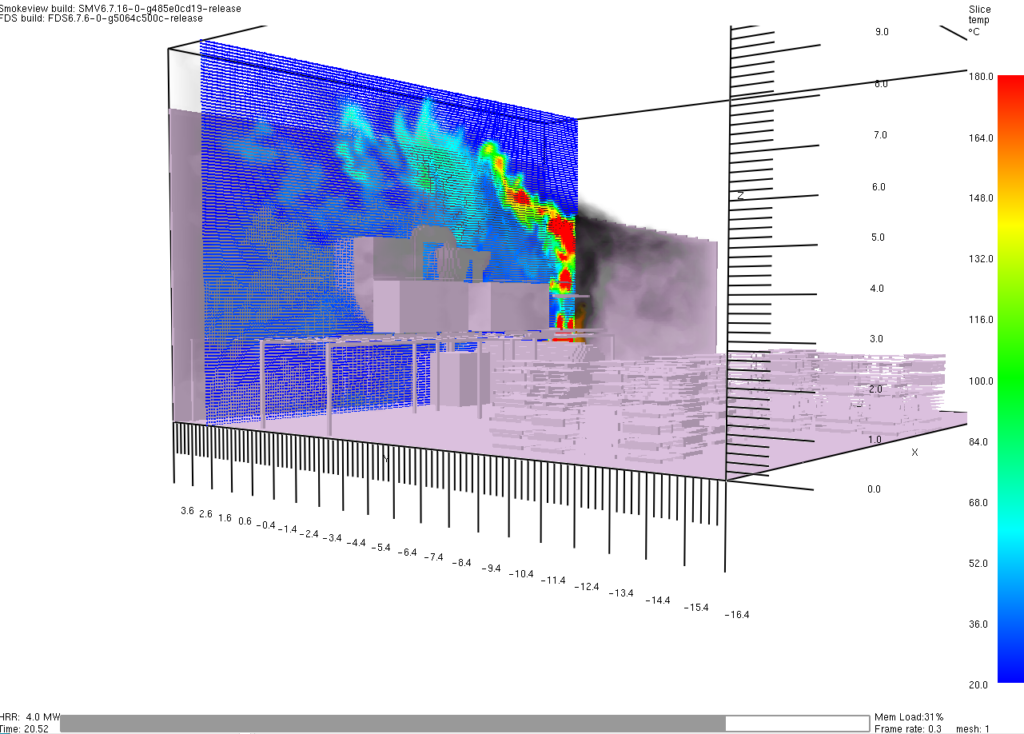
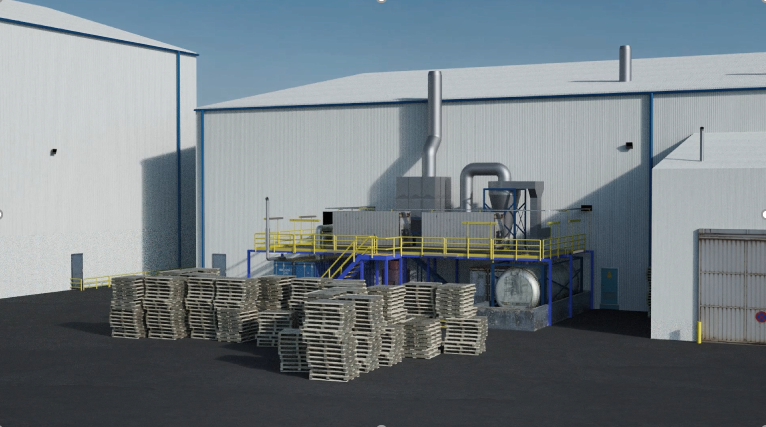
Post Fire Analysis
As already described fire modelling is common place in risk analysis and design of the built environment. The same questions that CFD and modelling help to answer in risk analysis are just as applicable following an incident.
Constructing and using a fire or explosion model after an incident can help an investigator to address specific questions about the incident and a few examples of questions where a CFD model can assist:
Simulations allow us to explore how a fire might have occurred differently had one or several factors been different. The relevance of particular factors can be clearly established which can assist in discussions over liability. A fire or explosion model can also allow for theories to be tested and explored.
In any of these situations the results of a simulation form a part of the overall investigation and evidence available to the investigator. Whilst results can be very compelling as they are usually presented as images that require little interpretation, they need to be considered in the context of other evidence and in mind of any uncertainties or necessary assumptions in the creation of the model.
- Would the extent of fire spread have been the same if the automatic fire detection had worked as designed?
- Would the fire still have occurred if the joist had not been in contact with the flue?
- Would the fire have spread through the duct and from the duct if it had been cleaned?
- Would the fire have spread to the buildings if the stock had been stored further from the buildings?
- How far did the vapour cloud extend after the leak/spill?
- Should the heat, smoke, sprinkler head, or gas detection system have operated sooner?
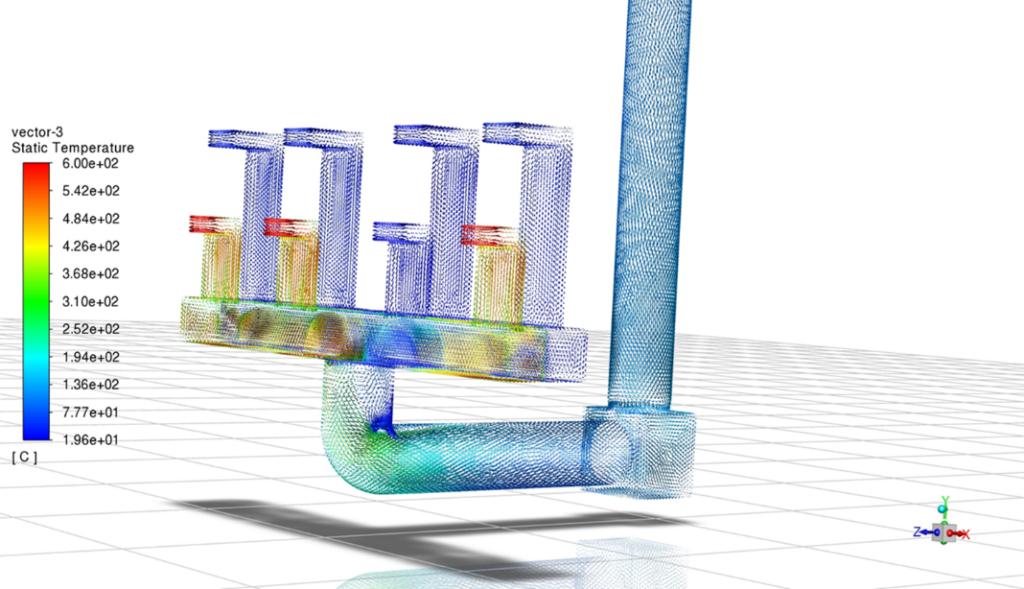
Duct or Flue Fires
Duct fires are relatively common in catering establishments. CFD is an ideal tool to assess the factors relevant to the spread of fire into a duct, through the duct and also from the duct to items close to it.
Many fires in commercial kitchens result in spread into the extraction duct work and can result in ignition of accumulated grease in the duct. If there is sufficient grease a sustained duct fire may occur causing the duct to become very hot and potentially causing fire spread from the duct to nearby timber. Various questions however arise when considering this sequence of events:
How hot would the duct become in the absence of grease to burn in it?
Would the fire have still spread if there had been less grease?
If the duct had been cleaned to bare metal would the fire have still been able to spread from it to nearby timbers?
If the timbers had been further from the duct would the fire have still spread as it did?
CFD is an ideal tool to answer these questions which can be fundamental to issues of policy cover or in liability discussions.
On a completely different scale we have used CFD to explore the potential for fire spread between stock piles and between stock and buildings. It is not uncommon for fires amongst stock stored in the open to spread to buildings or to other stock and this can raise the question of whether the fire would still have spread as it did, if guidelines or insurers requirements were followed. In some instances this can be assessed using calculations, for example for radiant heat transfer but in other situations more detail may be needed. With a CFD simulation the convective and radiative heat flux from a fire can be evaluated and factors such as wind conditions and their influence on the fire and smoke plume can be included in any evaluation. Simulations can allow counterfactual scenarios to be explored which can again assist in discussions over policy cover or liability.
The results of a CFD simulation can be used when considering how a safety system such as smoke, heat, gas or other fire detection would have been expected to perform for a particular fire. In cases where it is considered that a safety system may not have operated correctly a CFD model can be used to explore if that is the case and the possible impact of the failure on the overall loss.
If you have a case or question where you think that a fire or explosion model may assist please do not hesitate to contact us and we would be please to discuss if and how computational modelling is applicable or likely to help.
SPEAK TO ONE OF OUR EXPERTS
Related areas of expertise
Fire Stop & Spread
The spread of a fire within a building, or to an adjacent property, can have a significant impact on the safety of occupants and on the financial implications – both in terms of the remediation of the property and loss of business.
Building Fires
Fires occurring within buildings will often result in significant damage to both the structure and contents. Even a small fire within a building can result in a significant claim, partly due to the increasing cost materials and labour to repair or rebuild.
Explosions
Whilst explosions are far rarer than fires and fluid leaks, the consequences can often be far reaching, with a significant risk of serious or fatal injury. Recent UK Government statistics suggest an increase in the number of explosions year on year.
Vehicle, Plant & Machinery Fires
Vehicle, Plant and Machinery share common operational systems such as internal combustion engines, hydraulic, cooling and lubrication systems, as well as electronic control systems to ensure safe operation of them.


